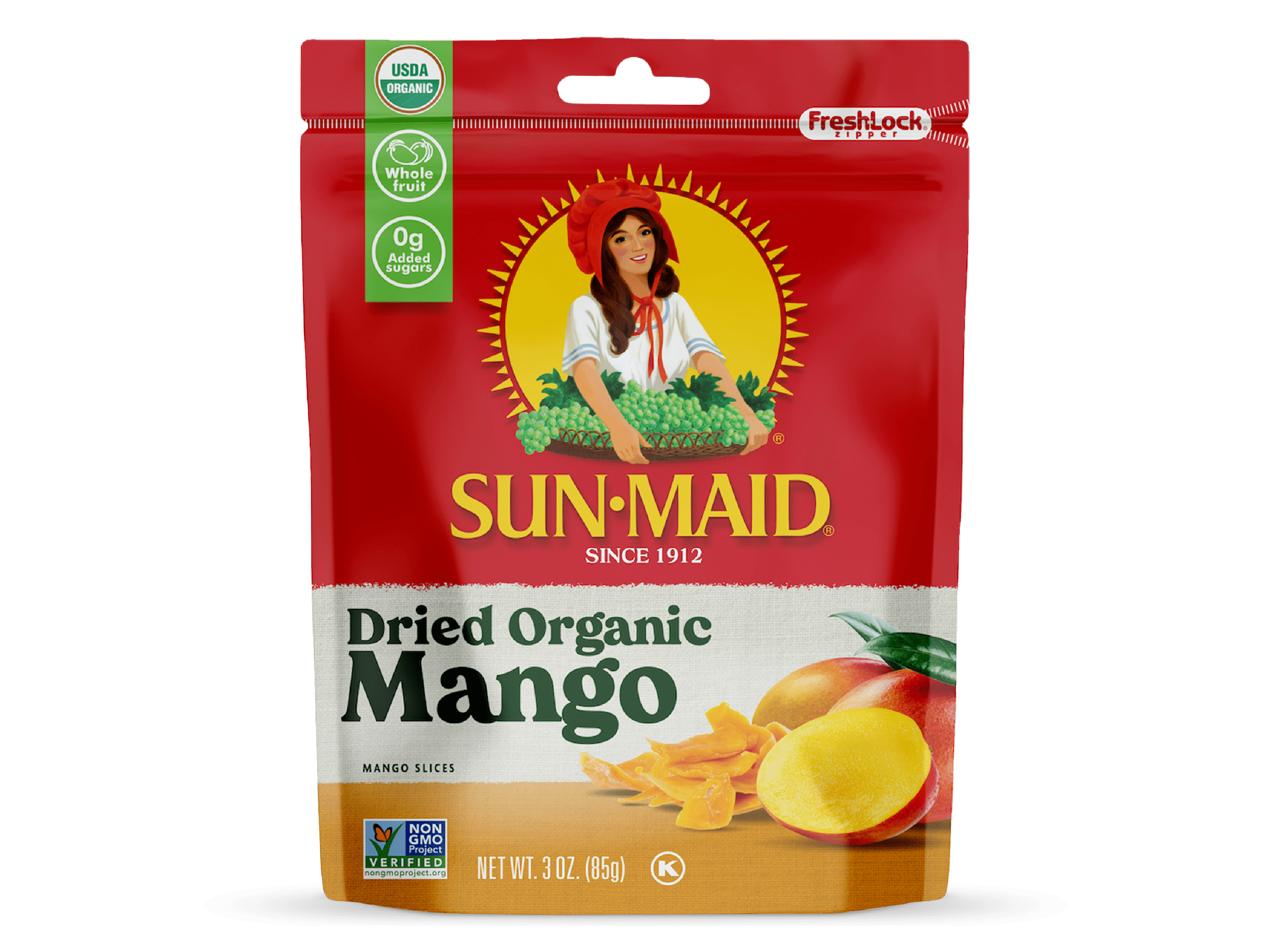

Because the mango must maintain a certain humidity after the mango, the taste should be soft and soft, so the temperature should not be too late. Late drying period: The temperature can be controlled between 45-50 degrees, the humidity can be adjusted to about 30%, and the time is 8 hours. Mid-drying period: The temperature can be controlled at about 60 degrees, the humidity of the drying room can be adjusted to 40%, and the time is 12 hours at this time, the mangoes have been fixed and do not need to be as high as the temperature, but the humidity is still relatively high. This time is the color fixation stage of the mango, in order to have sufficient heating and a large amount of dehumidification effect Initial drying stage: The temperature is controlled at about 70 degrees, the humidity is adjusted to 60%, and the time is about 6 hours. Put the processed mango slices evenly on the material sieve to drain the water, then spread out in a single layer into the material tray, and put it into the new mango dryer to dry. Harmful substances are produced, the quality and appearance are greatly improved, and the secondary pollution in mango drying is ingeniously avoided. During the operation of the drying room, it consumes a small amount of electric energy to drive air compression to do work. The temperature and humidity of each stage are different. There are multiple stages in the drying process of dried mango. The internal moisture of dried mango can be removed evenly. The dried mangoes are dried The color of the original fruit is maintained, so the process of sulfur fumigation is no longer needed, and the formation of a pulp is avoided. The mango slices are in a relatively closed space and are not affected by the external environment. Avoid building indoors during the drying process. The heat pump mango dryer can adjust the drying temperature and humidity in a targeted manner. Placing: Take out the mango slices carefully, drain the water, place them evenly on the drying tray, and then put them in the drying room to dry.

The added ingredients in the dipping process are required to comply with food hygiene standards. The initial temperature of the soaking sugar solution is about 30. Note that mango slices cannot be cooked directly. If the sugar is not enough, you can add it to make the concentration of sugar water reach 45%-60%. After that, take out the sugar water, concentrate the sugar water in the pot, and pour the fruit pieces into the sugar water. The marinating time of granulated sugar should not be too long, usually 8 hours. Sugar Dipping: During the color protection of the mango slices, add white sugar, a layer of mango slices with a layer of sugar, and a layer of sugar on the top. The peeled fruit is sliced longitudinally with a sharp blade, and the thickness is about 8-10mm. If it is not cleaned, it is easy to brown during processing, which will affect the color of the finished product.
Dried mango skin#
Peeled and sliced: The outer skin must be cleaned, because the peel contains more tannins. Washing: Wash the mangoes manually or in a washing machine. Otherwise, the mango will be easy to brown during processing, which will affect the color and flavor of subsequent drying. For mango slices of about 250px, the surface of the mango after being cut must be peeled clean and smooth without edges or corners. The size of the block is 1/6 to 1/8 of the whole fruit, which is about 50px in width, 1~37.5px in thickness and length. The slices are kept in the vertical direction. After selecting the fruit, remove the pedicle and skin and cut into mango slices of uniform thickness. The color and taste of unripe or overripe mangoes will be affected after drying. Such mangoes have thick cores, fine pulp fibers, bright yellow color and good flavor.
Dried mango full#
The raw materials for making dried mangoes generally require fresh mangoes with full fruit and ripeness of 7-8. If the maturity is too low, the color and flavor of the mango will be poor, and if it is overripe, it will be easy to rot. Filipinos often eat this sour green mangoes with rock salt or fish paste.Material selection: Choose mangoes with small nucleus and thick flesh. The Carabao mango can also be eaten unripe, when they are still green. There are many mango varieties, but the Philippine mango (locally known as the “Carabao Mango”) is known around the world for its tangy sweetness, soft almost buttery texture, and thin peel. They also aid in digestion, gut health, and the care of skin, eyes, and hair. In fact, one cup of sliced mango meets 70% of the Vitamin C we need daily (RDI)! They have antioxidants that boost immunity. Low in calories yet high in nutrients, they contain vitamins C, A, B, and K dietary fiber, potassium, and other vitamins and minerals. Mangoes are considered by many as the king of fruits.


 0 kommentar(er)
0 kommentar(er)
